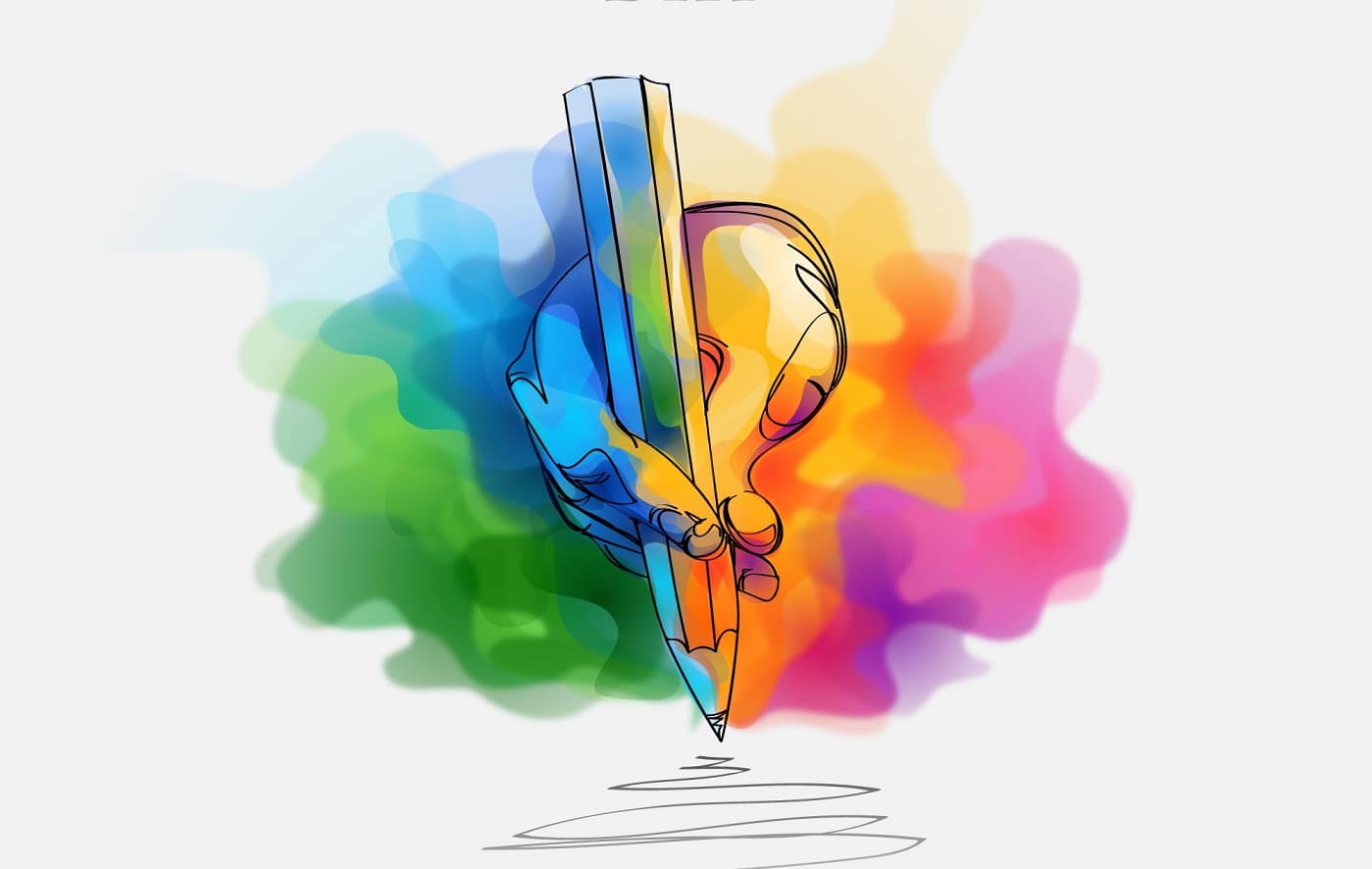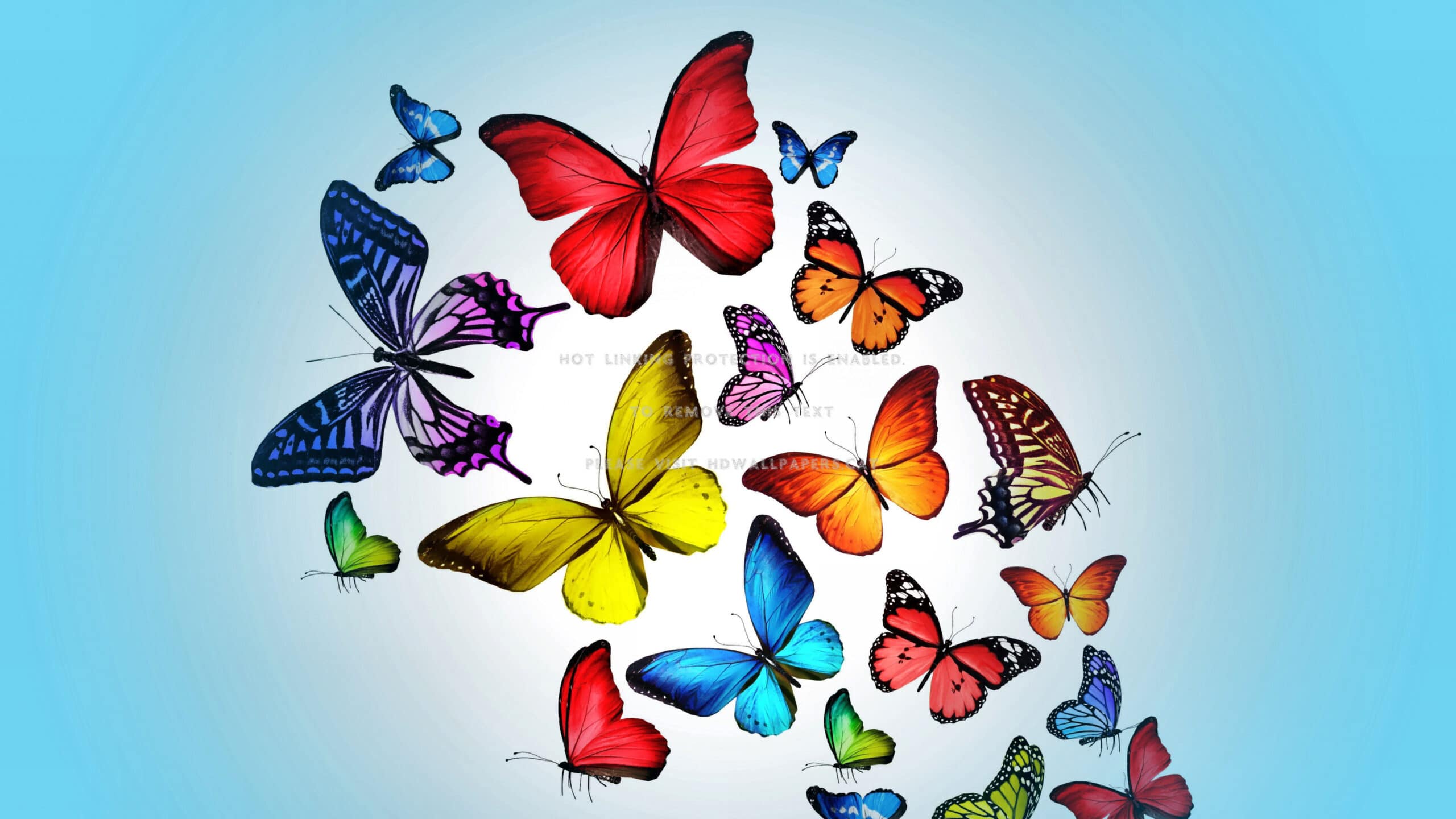During the Covid-19 crisis, I came across an Instagram page under the username Fortis Mental Health. Now, and then they would conduct live workshops urging people to attend with a paper and pencil in hand. Sometimes you would be told to simply doodle or sometimes create a best out of waste kind of object. At first the idea of “doodling for better mental health” doesn’t make much sense but to my surprise, it did have a great impact.

While the roots of the concept of art therapy can be traced back to the 18th century, it has come to the attention of a large population through social media during the lockdown. Being a relatively young discipline, it has outdone itself by helping millions. What is Art Therapy after all? It shouldn’t be confused with art therapy (this involves dance and music as key elements).
In simple words, since it originates from psychotherapy and art, it makes use of creative forms of art to help a person be expressive. As far as history is concerned, the father of art therapy in Britain was the artist Edward Adamson who was preceded by Adrian Hill, the one who coined the term in 1942. His work was a result of his discovery of art’s therapeutic benefits which he got to know while recovering from tuberculosis.
The concept considers art as a healing agent that can help treat psychological disorders or if not treated completely in cases of chronic disorders, then aid the patient cope with it.

A plethora of art forms available is employed to facilitate one’s creative expression. Art therapy doesn’t restrict itself to mere drawing but incorporates the following:-
- Painting
- Scribbling
- Collage making
- Photography
- Playing with clay
- Calligraphy
- Sculpting
- Colouring
- Doodling
- Finger painting
When we think about Indian Art forms, Mandala, an art form holding great significance in the Hindu and Buddhist world comes to mind. It involves drawing in a circle. Did you know it is considered highly therapeutic? The student of Sigmund Freud, Carl Jung introduced Mandala to the Western world for he claimed that it helped him attain calmness and serenity. In his words, Mandala offered “a safe refuge of inner reconciliation and wholeness.”

He was convinced that Mandala could be used to treat anxiety when he noticed that his patients, too, experienced the soothing effect. Children especially positively react to mandala art therapy. The ones having ADD or ADHD are found to have reduced levels of impulsivity, more focus and attention when undergoing this treatment. Adults having anxiety disorders and PTSD, when drawing something in that circle say that “it silences their inner critic and creates a meditative environment.”
A week back the news of an art gallery opening in a mental health centre for the first time on the Chinese mainland sprung. Dr Chen Zhimin, said “we want this gallery to serve as a bridge between mental health patients and the public. In the future, we plan to hold exhibitions on different topics related to mental health, such as eating disorders, bipolar disorder, and schizophrenia; as well as other topics centred on reducing the stigma of this disease, helping patients retain social functions, and increasing the rate of early-stage outpatient visits.”
Not only is this idea unique but simultaneously serves various purposes pertaining to social stigma and promoting art.”

People suffering from chronic illnesses who choose to distract themselves by being creative show less amount of stress. It is important to know, it is not necessary to be like Van Gogh to benefit from art therapy. You don’t need to be artistic. You just need a pencil, crayon, or chalk and let your emotions flow out. It is up to the art therapist to determine what the artwork is trying to signify. Usually, therapists look at metaphors as a way to understand what a person is feeling.
If you’re battling with anything that is deteriorating your mental health, giving art therapy a chance should be considered. People who are in general not expressive or tend to be reserved about their inner feelings but still want to be understood and treated can choose this method.
Also Read : How trauma maneuvers every decision you make: Understanding PTSD and ASD
















